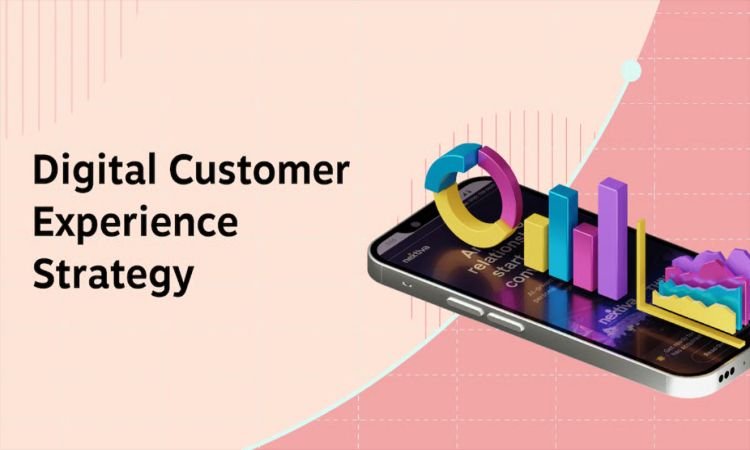Most people don’t expect joy from their healthcare experience. They just want it to work. They want to schedule an appointment without confusion. They want their records to be there when they need them. And if they’re trying to access care remotely, they want that process to feel just as dependable as an in-person visit.
For many healthcare systems, that’s still a struggle. And that’s where digital CX solutions are starting to close the gap.
It’s Not Just About the Patient Portal
Over the last decade, health providers have rushed to digitize everything from appointment scheduling to medical records. But adding tech doesn’t automatically improve the experience. In fact, when systems are disjointed or hard to use, they create more frustration than convenience.
Patients expect simple, intuitive interfaces. They want updates in real time, not vague status bars. And they’re tired of repeating their health history every time they switch providers, even within the same network.
Digital CX is about more than adding tools. It’s about connecting those tools in ways that reflect how people actually navigate care.
When Digital Friction Becomes a Health Risk
In retail, a bad experience means a lost sale. In healthcare, it can mean a missed diagnosis or a skipped medication. That raises the stakes for how digital journeys are designed.
Imagine trying to refill a prescription online. The link doesn’t work, or the system logs you out halfway through. You call support and get transferred three times. Eventually, you give up. Now the delay turns into a health issue.
These are real moments. And they’re avoidable when digital CX solutions are used to map the full patient experience, from login to follow-up.
What Providers Need to Consider
Patients are not the only users. Doctors, nurses, front desk teams, and insurance staff all interact with the same systems in different ways. If any one part of that chain is confusing or disconnected, the whole process suffers.
Digital CX in healthcare means thinking about every role in the system. How does a doctor check test results while charting? Can the billing team answer a patient’s question without switching tools? Does the support chatbot recognize urgent symptoms and escalate them?
The more seamless these internal interactions become, the more confident and safe patients feel.
Making Virtual Care Feel Human
Telehealth use spiked during the pandemic and has stayed strong in many specialties. But for patients to keep trusting it, the experience needs to feel human.
This means reducing the number of steps it takes to join a call, adding clear visual cues, offering tech support before and after the session, and making sure follow-up care is easy to access. When digital CX solutions are applied thoughtfully, virtual visits can feel personal, not procedural.
Personalization Without Complexity
Healthcare data is sensitive, but it’s also powerful when used well. A good digital CX system can show patients the right information at the right time, like reminding them to schedule a follow-up or prompting them to refill a prescription before it runs out.
What matters is using data in a way that feels helpful, not overwhelming. No one wants a dashboard full of graphs they don’t understand. But they do want a system that remembers their preferences, guides them gently, and stays consistent across devices.
Why This Isn’t Just a Tech Problem
Plenty of hospitals and networks have invested heavily in apps and digital tools. But many of those tools were built in isolation. That’s why patients still get conflicting information between a portal and a text reminder. It’s why wait times and paperwork haven’t improved, even when the interface looks new.
Digital transformation companies like Sutherland Global help healthcare systems connect the dots. That means stitching together fragmented platforms, removing redundant steps, and aligning the digital experience with the realities of patient care.
The Bottom Line
Patients don’t talk about “CX.” But they do talk about how easy or frustrating it was to schedule an appointment. They talk about whether the virtual visit felt awkward or natural. They talk about whether the billing made sense.
That’s what digital CX solutions are really improving: the moments people actually remember.
When done right, they don’t just make care more efficient. They make it feel more respectful, more responsive, and more aligned with the human experience of being a patient.
And that’s something everyone can benefit from.

